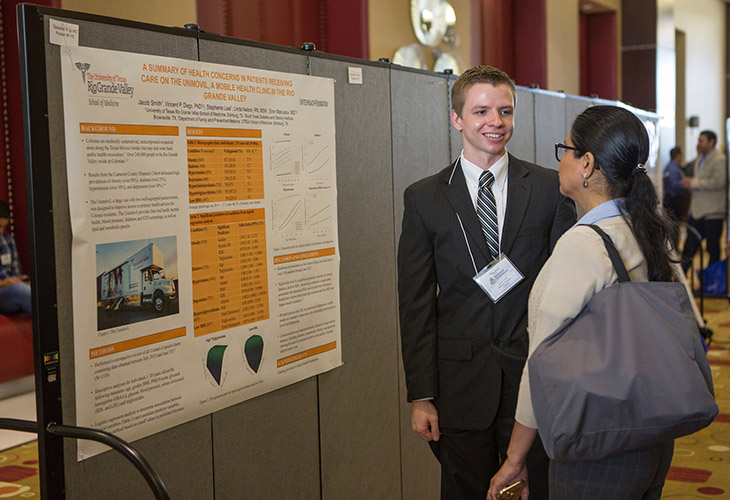Document Type
Article
Publication Date
2021
Abstract
After injury, such as a stroke, neural structures that survive reorganize. The brain “ignores” past associations with weaker muscles below the level of injury so stronger, spared muscles take over cortical maps of weaker muscles. Temporary Deafferentation (TD) is a method that utilizes short-term anesthesia, such as over-the-counter lidocaine cream, to inactivate sensation pathways from stronger muscles so that the brain releases inhibition that was placed on weaker muscles, thereby strengthening them. This paper functions as a review of studies that have employed TD approaches in rehabilitative settings in an attempt to understand how to employ TD approaches and why a TD approach may show effective results for certain patients.
Recommended Citation
Cuello, Victoria, "A Review of Temporary Functional Deafferentation" (2021). MEDI 8127 Scholarly Activities Pre-Clerkship. 2.
https://scholarworks.utrgv.edu/som8127/2
Academic Level
medical student
Mentor/PI Department
Molecular Science


